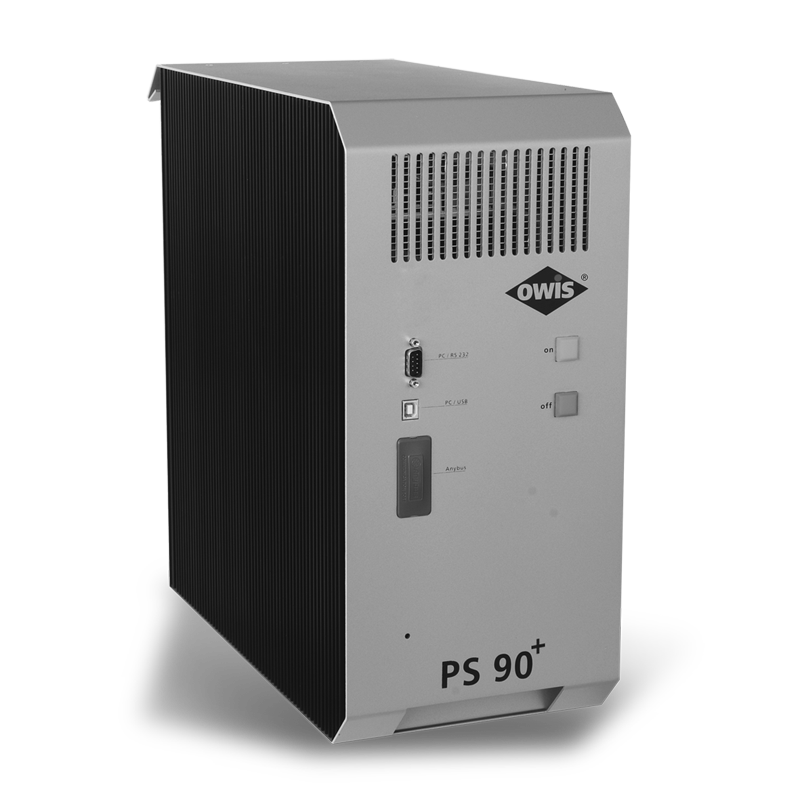OWIS positioning systems in digital-holographic 3D measurement technology

Fast, highly precise and reliable
The digital-holographic 3D measurement technology enables fast and at the same time highly precise measurement of the workpiece surface. To position the workpieces, Fraunhofer Institute for Physical Measurement Techniques IPM uses two LINPOS linear stages with direct drive.
FIG. 1

In contrast to photography, in which the spatial distribution of light intensity is stored, holography also uses the recording of phase information. The prerequisite for this is a coherent light source – typically one or more lasers. If the surface of a workpiece is illuminated with laser light, the shape of the workpiece is stored in the phase distribution of the backscattered light wave. Through interferometric recording and subsequent digital reconstruction, Fraunhofer IPM makes this information accessible and usable, for example to measure roughness and deflection in three dimensions.
FIG. 2

In the optical 3D measuring stand developed by Fraunhofer IPM (Fig. 3) for the automated execution of customer-specific measuring tasks, the predefined measuring fields on the workpiece surface are approached, recorded and then combined to form an image (Fig. 2 and 7).
FIG. 3

The high-precision positioning of the workpiece in the x-y plane is achieved with two direct drive linear stages LINPOS M and the position control units PS 90+ (Fig. 1). Thanks to the powerful direct drives and the fine-resolution, incremental linear measuring systems, this setup ensures high dynamics with maximum positioning accuracy and stability (Fig. 4, 5 and 6). The lateral resolution is in the sub-µm range.
The 3D measuring stand is designed for industrial environments and continuous operation. In addition to precision and dynamics, reliability and durability were also decisive criteria when selecting and assembling the components.
Download as PDFFIG. 4




